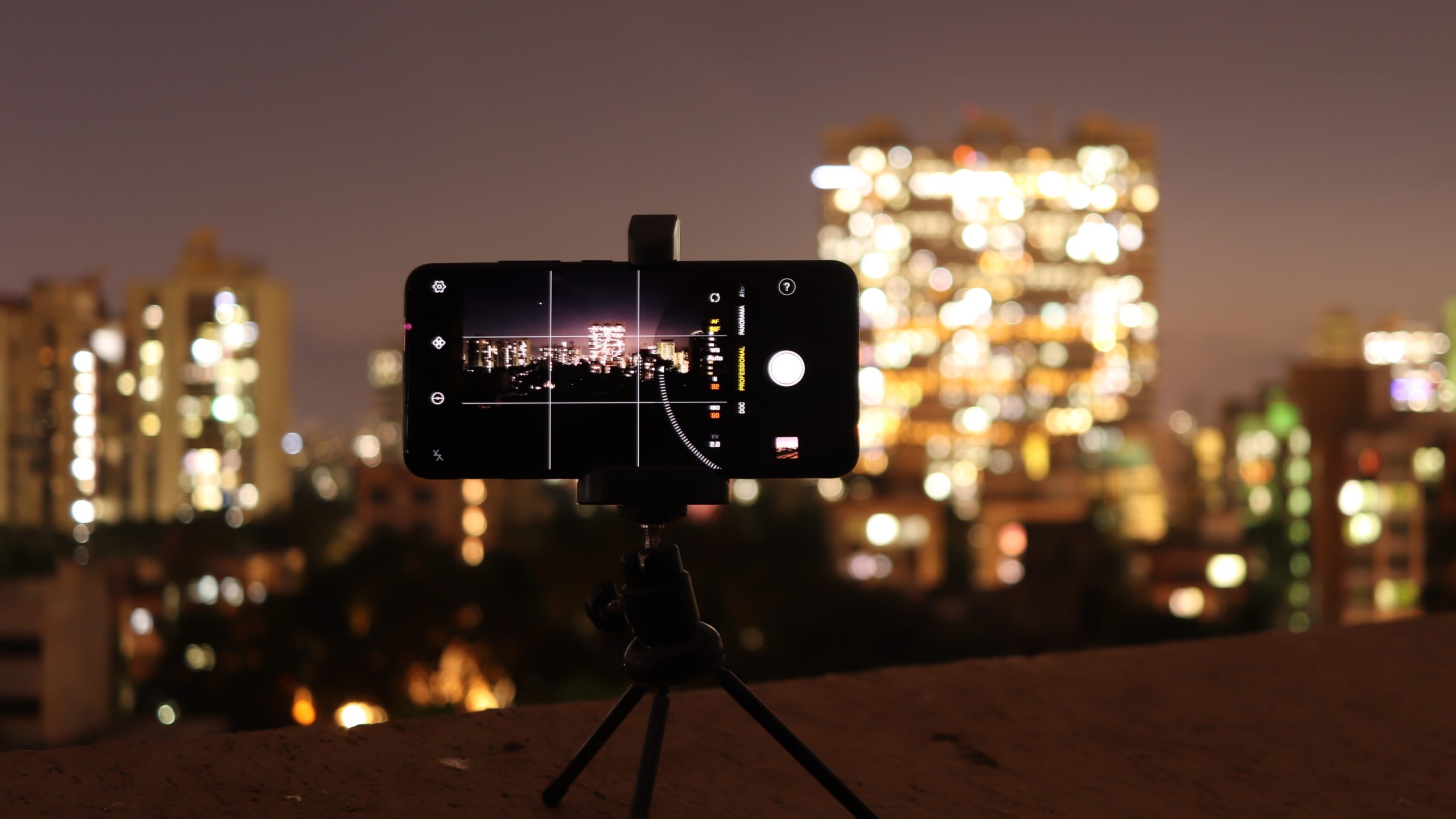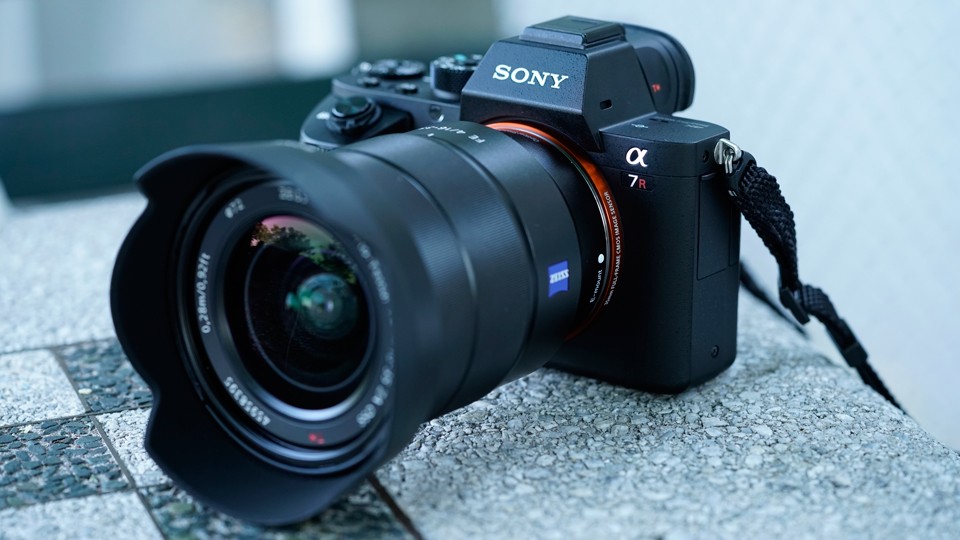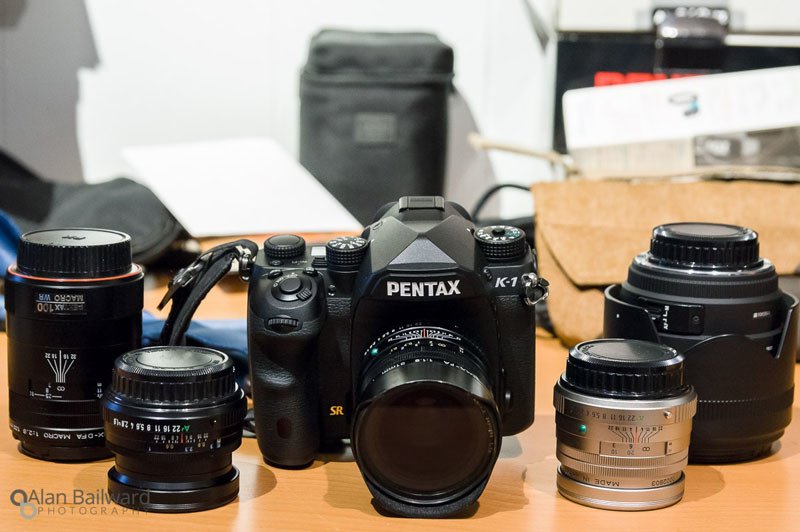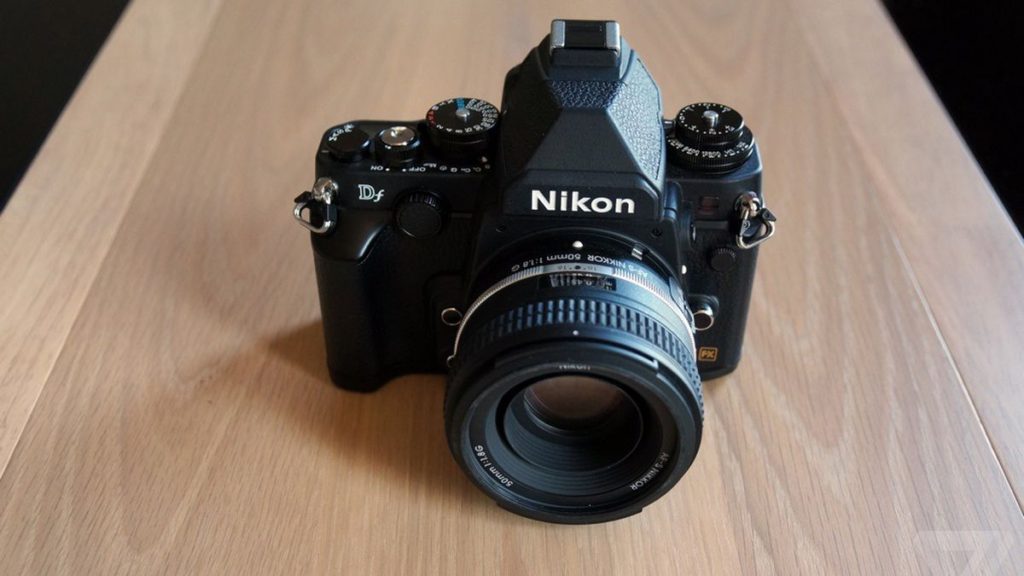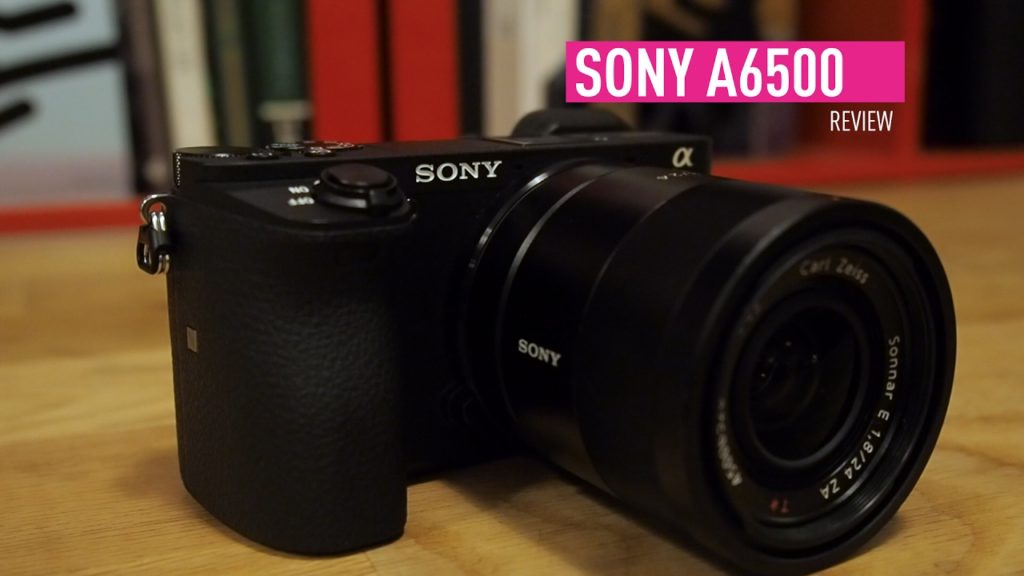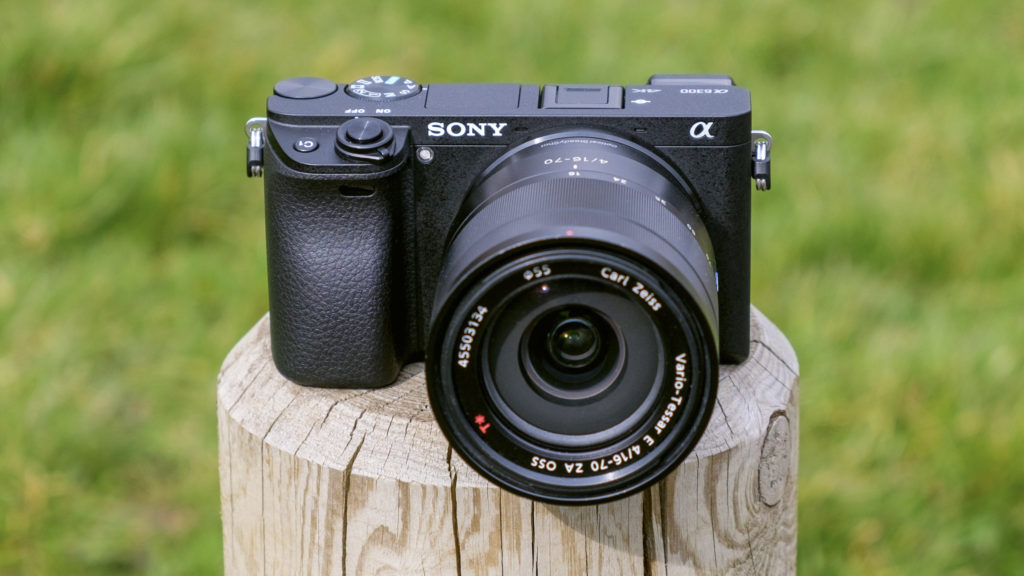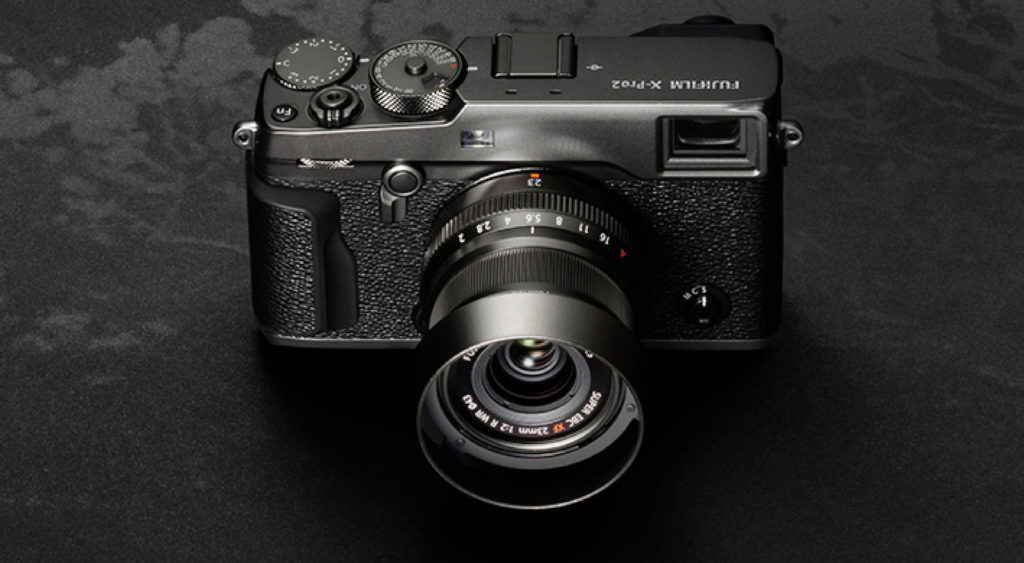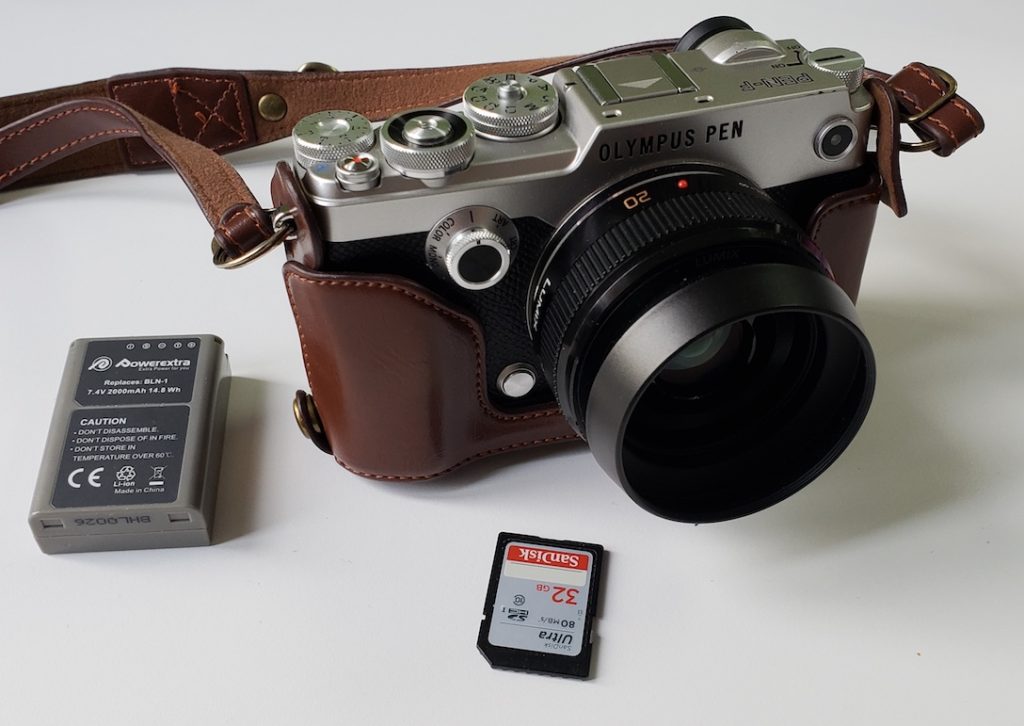Boosting your ISO is a compelling method to catch appropriately uncovered pictures in low light. Because of the more modern camera programming and the most recent advances in imaging sensor innovation, computerized cameras are currently altogether greater at taking care of those not exactly perfect lighting circumstances—especially for night photography. With the correct camera, it is presently conceivable to shoot about faultless photographs in low light without utilizing counterfeit lighting.
In light of autonomous DxOMark lab test results, when seeing in general picture quality when taking shots at high ISOs, the best camera for low light photography is as of now the best everything being equal, regardless of what position, for shooting in low light and conveying clamor free pictures at higher ISOs.
How are the top cameras decided? I clarify the procedure in detail toward the end of this article; however on the off chance you need to get some answers concerning the best high ISO cameras for your low light or night photography needs, how about we get right to it!
All in all, which cameras did best? I’ve partitioned the camera world by sensor size: full edge 35mm, APS, Four Thirds, and little sensor (i.e., pocket cameras, EVFs, and so forth). I’ll introduce the main (at least three, if there are ties) cameras that are presently accessible in every classification. (The latest medium organization camera was presented in 2011 and sensor innovation has changed from that point forward; full-outline 35mm cameras surpass medium configuration in high ISO execution, so I’m forgetting about that class).
There are different factors other than by and large picture quality that must become possibly the most important factor when settling on a camera. Be that as it may, if your center is getting the most ideal shots in low light, these cameras are generally victors.
1. Sony A7S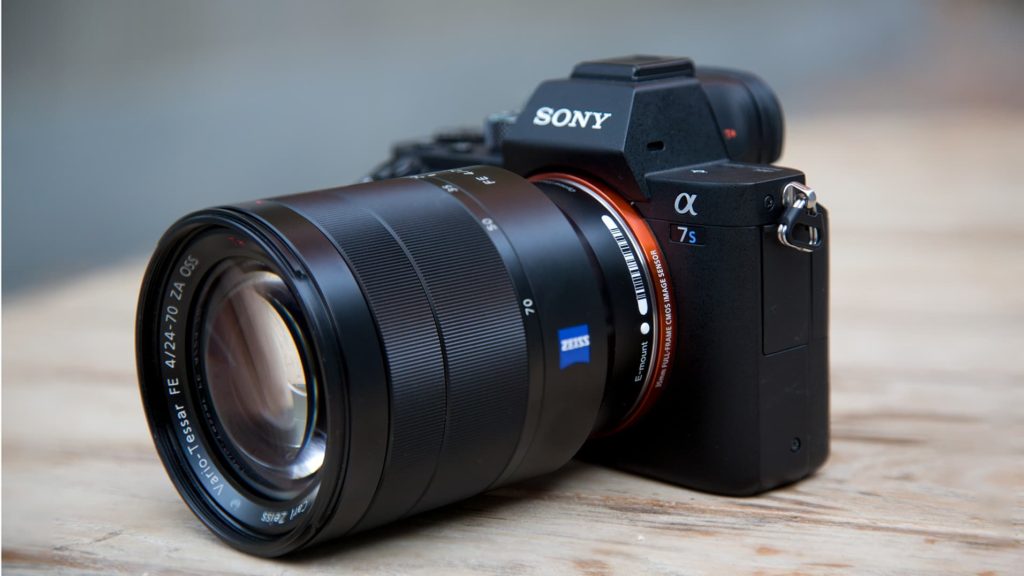
The Sony A7S increased a number 1 positioning gratitude to its heavenly top “clean” ISO test aftereffect of 3702. Its lower goals of 12.2 megapixels implies every pixel is bigger and in this manner allows in progressively light for a cleaner picture. The camera’s general score of 87 is because of an increasingly constrained powerful range and shading catch capacity yet it despite everything scores as one of the top computerized cameras in general.
Its ISO scope of 100-102,400 is expandable to 50-409,600 and conveys 4K ultra top quality video (by means of an expensive outside recorder.) Signal to commotion proportion drops from 45dB at ISO 100 to 31.4dB at ISO 3200—clean pictures all through. It plunges marginally underneath 30 at ISO 6400; however can at present produce great quality pictures at that setting. Its replacement, the A7S II, has better shading and dynamic range, yet tried lower (ISO 2449) for high ISO execution.
2. Sony A7R II
In the event that we were positioning dependent on value for the money, the Sony A7R II would be in front of the A7S. Including a 23.3MP sensor with a top ISO of 25,600, boostable to 102,400, the A7R II’s top clean ISO was tried to be 3434, a remarkable outcome.
This, joined with its shading profundity of 26 bits and 13.9-stop dynamic range, settle on this an extraordinary decision for top-notch photography in testing lighting conditions and earned it a Number 1 score for by and large picture quality at 98 out of 100. The signal-clamor proportion was estimated to remain above 30dB through ISO 3200 and plunges marginally underneath it at 6400. Indeed, even at ISO 25600, sign to clamor proportion stayed over 20, which is truly good.
3. Pentax K-1
Coming in directly behind the Sony A7R II with a general picture quality score of 96, Pentax’s first full-outline DSLR, the K-1, is noteworthy for the two its presentation and its cost. Highlighting a 36.4MP sensor and a top ISO of 204,800, the K-1 came in at number 3 at 3280 (a virtual bind with the Canon EOS-1D X Mark II and Sony RX1R II) and positioned #4 for in general picture quality. Signal-commotion proportion stayed marginally at 30dB at ISO 3200, and remained over 20 through IS 25,600, which was rapidly falling from that point.
4. Nikon Df
At the point when the retro-styled Nikon Df was presented in 2013, pundits considered that it was more about structure than work. Be that as it may, that wasn’t correct in any way. The Df conveyed the best picture quality at the most noteworthy ISO of any advanced camera as of now available—ISO 3279 when it was discharged. Right now, it is the fourth most elevated position for low-light picture quality.
It has a sign to clamor proportion that begins at 44.6 dB and stays more than 30 dB directly through ISO 3200. At ordinary survey separations, pictures won’t have any obvious graininess at ISO 3200. The Df’s dynamic range at ISO 100 (13.1 stops) is generally excellent; however, not top of the class, and its 24.6 piece shading profundity is around 1 piece short of the pioneers. Also, indeed, as of this composition, it’s as yet accessible.
5. Sony A6500
Despite the fact that the A6500’s most elevated clean ISO is gracious so-somewhat lower than the tied second-place cameras (see beneath), it wins in this sensor size classification on the grounds that Sony has refined its in-camera picture adjustment, improving its adequacy to 5 stops.
This includes another couple of stops of adjustment, settling on a superior decision for low-light photography despite the comparable sensor test results (see portrayal underneath). The camera additionally offers different upgrades in different zones, yet in case you’re searching for a low-light expert, this current camera’s it among APS sensor cameras.
6. Sony A6300
The APS classification is ruled by Nikons and Sonys that utilization the equivalent 24MP sensor; contrasts can be represented by minor expected measurable varieties and the incidental picture handling change. The Nikon D5500 and Sony A6300 are in a factual tie for top clean ISO, despite the fact that they rank in the pack for generally speaking picture quality (the Nikon D7200 has a general score of 87 to the D5500’s 84 and A6300’s 85).
The two cameras start at a sign clamor proportion of 42 dB at the most minimal ISO and remains over 30 dB through ISO 1600 for satisfactory picture quality. The fundamental contrast between the two cameras? The D5500 is a DSLR with an optical eye-level viewfinder, while the A6300 is the top of the Mirrorless tradable focal point camera out there.
7. Fujifilm X-Pro 2
While DxO presently can’t seem to devise a solid one type to it’s logical counterpart method of estimating the picture quality on the Fujifilm’s one of a kind X-Trans sensor, gives an account of the roadshow that its 24MP sensor conveys great picture quality at higher ISOs in low light and that it contrasts well and the top cameras in this class. The camera has an all-encompassing ISO run up to 51,200.
8. Olympus Pen-F
Albeit measurably tied for top ISO picture quality with the OM-D E-M5 Mark II, we’re giving the Olympus Pen-F the edge on account of its marginally higher-goals 20.3MP sensor and its multi-shot mode which offers up to 50MP pictures that can be downsized with less evident clamor.
DxOMark’s estimations show the Pen-F’s ISO affectability appraisals reliably estimated 1 stop lower than the demonstrated speed. Signal-commotion proportion begins at 39.7 dB at ISO 100 and stays usable (as it were, more than 30 dB) through ISO 800. With a top ISO of 25,600, the camera works admirably in low light.
9. Olympus OM-D E-M5 Mark II
The Olympus E-M5 Mark II’s 16MP sensor estimations are successfully equivalent to those found in the Pen-F. We’re giving the prize for top low-light execution to the Pen-F due to the higher-goals sensor, however the E-M5 is incredibly, close, and in case you’re hoping to spare a couple of hundred dollars, it might be the better decision for you.
10. Olympus OM-D E-M10
With the third-best by and large picture quality score and high ISO rating, the spending plan estimated Olympus E-M10 sports a similar 16MP sensor as the E-M5. The camera’s test outcomes are only a hair beneath its two rivals, so once more, in case you’re hoping to spare around $250, the E-M10 might be the best approach, in spite of the fact that it does not have the E-M10 and Pen-F’s pixel move high-goals mode, which could yield better low-light outcomes.
